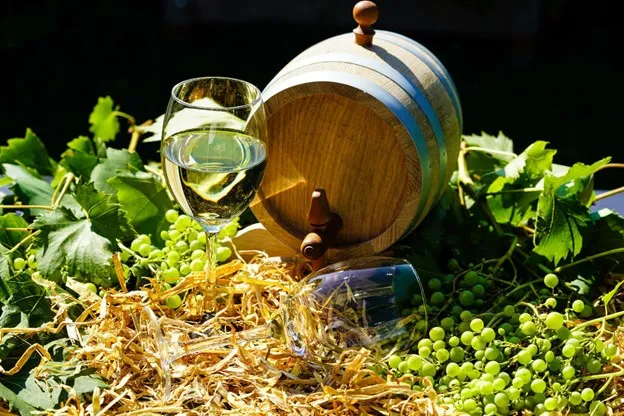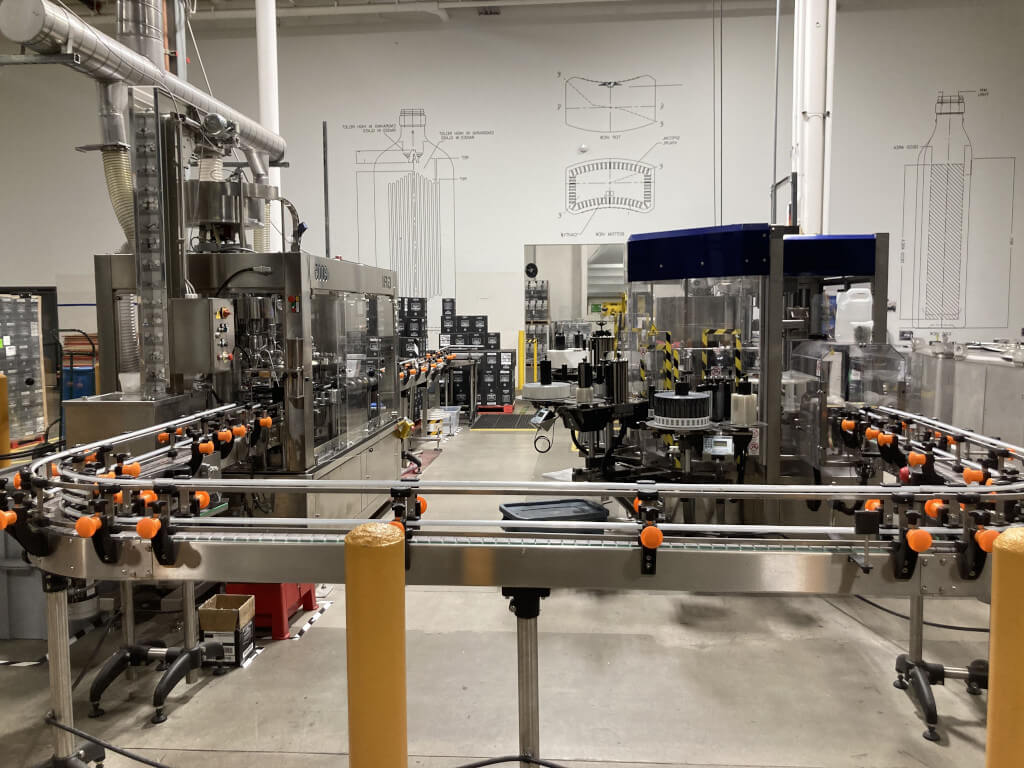As connoisseurs of whiskey and spirits, we often find ourselves entranced by the golden hues in our glass, the symphony of flavors unfolding on our palate, and the velvety texture that leaves us yearning for another sip. What transforms the raw spirit into this liquid gold is the often overlooked, yet exceedingly crucial, process of barrel aging. The barrel is not just a vessel for storage; it is a complex catalyst in the transformation and refinement of the spirit.
Why is Barrel Aging So Crucial in Whiskey Production?
It’s not an exaggeration to say that without the barrel, there would be no whiskey as we know it. Straight from the still, the spirit is clear, brash, and lacking depth – it’s often described as ‘moonshine’. It’s the time spent in the barrel that mellows the raw spirit, deepens its flavor, and imparts it with that characteristic golden-amber color.
The interaction between the spirit and the wood is constant and dynamic. As the temperature fluctuates in the aging cellar, the spirit expands and contracts, penetrating the wood staves and pulling out an array of flavor compounds along with color. This relationship is a delicate dance that takes place over many years, patiently overseen by the master distiller.
How Does Aging Influence Flavor, Color, and Texture?
The science of maturation is a fascinating study of chemistry and patience. The charred inside of the barrel catalyzes the breakdown of complex carbohydrates into simple sugars, which add sweetness and vanilla notes to the whiskey. Lignin in the wood breaks down to yield vanillin and other compounds, lending flavors of vanilla, spice, and a hint of smoke.
Tannins contribute the dry astringency and mouthfeel that makes whiskey linger on your palate. Over time, the evaporation of water and alcohol (the ‘angel’s share’) concentrates these flavors and makes the spirit smoother and more complex.
The Influence of Different Barrels
Different types of barrels bring unique qualities to the aging spirit. Traditional American white oak barrels contribute notes of vanilla, caramel, and coconut. On the other hand, French oak tends to impart a spicier profile with hints of dried fruit. Some distilleries experiment with barrels that have previously held other spirits or wines, such as sherry or port, to introduce an additional layer of complexity to their whiskies.
Barrels are the unsung heroes of the whiskey world, offering much more than mere containment for the maturing spirit. They serve as a crucial ingredient that shapes the whiskey’s final character, color, and flavor.
1. American White Oak Barrels
American white oak, or Quercus Alba, is the go-to choice for most bourbon and Tennessee whiskey producers. The wood’s porous structure allows for a more significant interaction between the spirit and the wood. This type of barrel tends to impart flavors of vanilla, coconut, and caramel to the whiskey, alongside a beautiful golden color.
2. French Oak Barrels
The French oak, Quercus Robur and Quercus Petraea, is commonly used in wine production and lends a unique profile to spirits as well. French oak barrels usually impart a spicier, tannic profile compared to their American counterparts. Flavors of baking spices, dried fruits, and sometimes a hint of citrus are typical.
3. Sherry Casks
Sherry casks, mostly made from Spanish oak, are a favorite in Scotch whisky production, especially for finishing. Previously holding sherry, these casks contribute a deep, rich color and complex flavors to the whisky. Expect notes of dark fruits like plums and cherries, nuts, and sometimes a hint of chocolate.
4. Port Casks
Port casks, like sherry barrels, have held fortified wine before whiskey, which significantly impacts the spirit’s flavor. Whiskies matured or finished in port barrels exhibit rich, fruity flavors, such as blackberries, currants, and figs, often accompanied by a sweet and full-bodied character.
5. Charred Barrels
Charred barrels, which are burnt on the inside, play a pivotal role in bourbon production. The process of charring caramelizes the sugars in the wood, allowing the whiskey to extract these as it matures. This results in a sweet, smoky character with notes of caramel, toffee, and sometimes a toasted marshmallow finish.
Understanding the influence of different barrels on whiskey is an intricate part of the spirit’s charm. It’s a testament to the intricacy of the whiskey-making process, where each element, no matter how seemingly inconsequential, plays an integral role in the final symphony of flavors.
Contrasting Aging Processes Between Distilleries
Distilleries around the world have varying philosophies and conditions for aging their spirits. Kentucky’s hot summers and cold winters lead to a vigorous interaction between the whiskey and the barrel, resulting in robust flavors in a relatively short amount of time. On the other hand, Scottish distilleries with their mild and steady climate allow for a slow and patient maturation, often spanning several decades.
Similarly, the seaside distilleries of Islay expose their aging barrels to the salty, marine air, resulting in whiskies with a distinctive briny character. This variability in aging processes and environments leads to the vast array of flavors and styles that we enjoy in the world of whiskey.
A Visit to Famous Aging Cellars
Taking a virtual tour of famous aging cellars provides us a glimpse into the sanctuaries where whiskies mature over time. From the vast rickhouses of Kentucky to the damp, moss-covered dunnage warehouses of Scotland, these aging cellars are hallowed grounds in the whiskey world. The silent rows of barrels hold within them not just maturing spirits, but also the promise of many splendid drams to come.
One might wonder about the treasures held within the walls of Suntory’s Yamazaki distillery in Japan, or the tantalizing mystery of the solera system at Glenfiddich’s warehouse in Scotland. Each distillery’s cellars have a unique story to tell, and each barrel within them a secret whisper of the precious liquid it nurtures.
As you dive deeper into the world of whiskey, you might want to explore the nuanced results of different aging processes. Why not start your exploration on WhiskeyD’s online store? They offer a wide variety of barrel-aged whiskies from distilleries worldwide, offering the perfect opportunity to sample the art of barrel aging first-hand. Let the appreciation of this art form enhance your enjoyment of your next dram.





